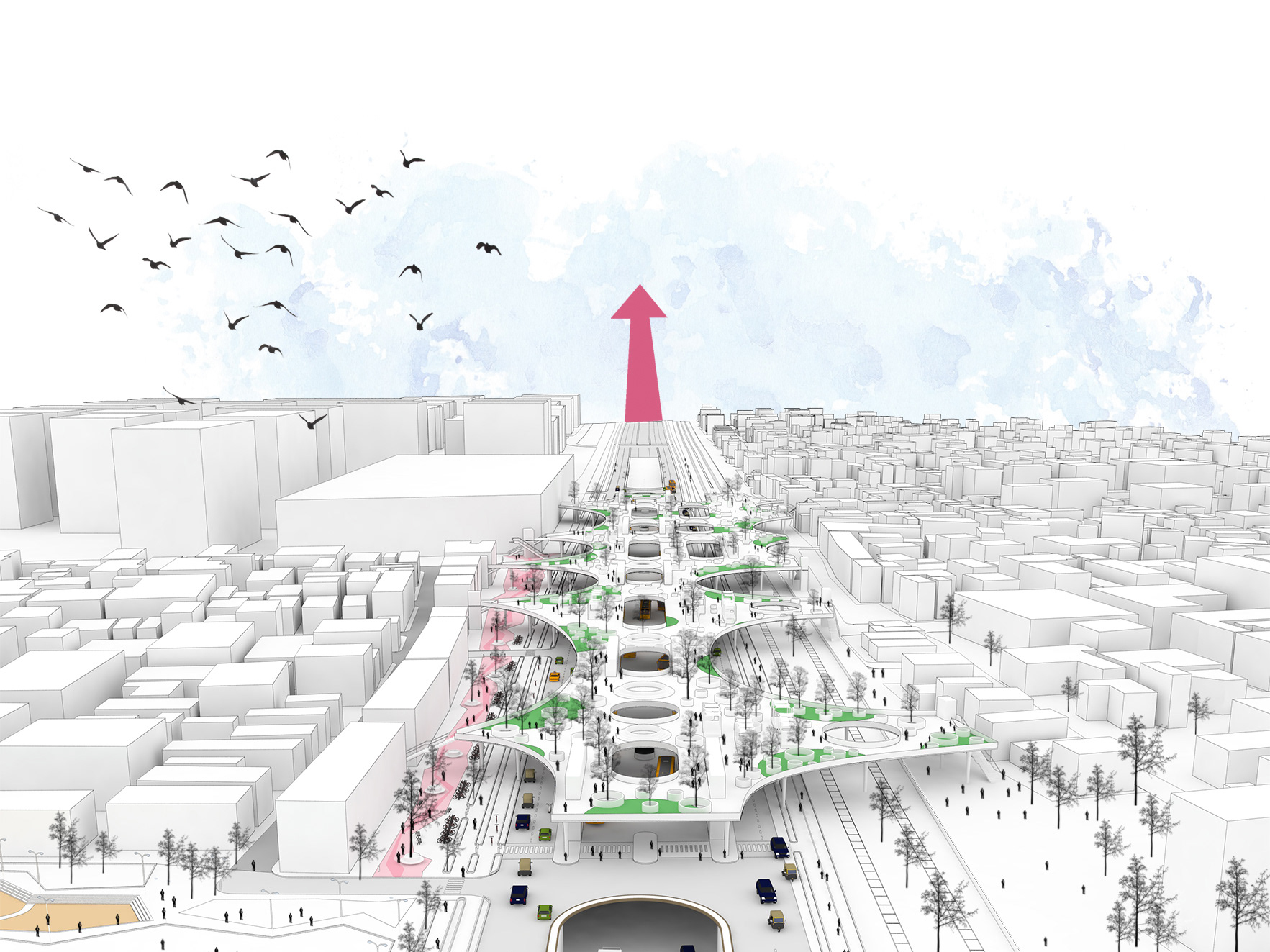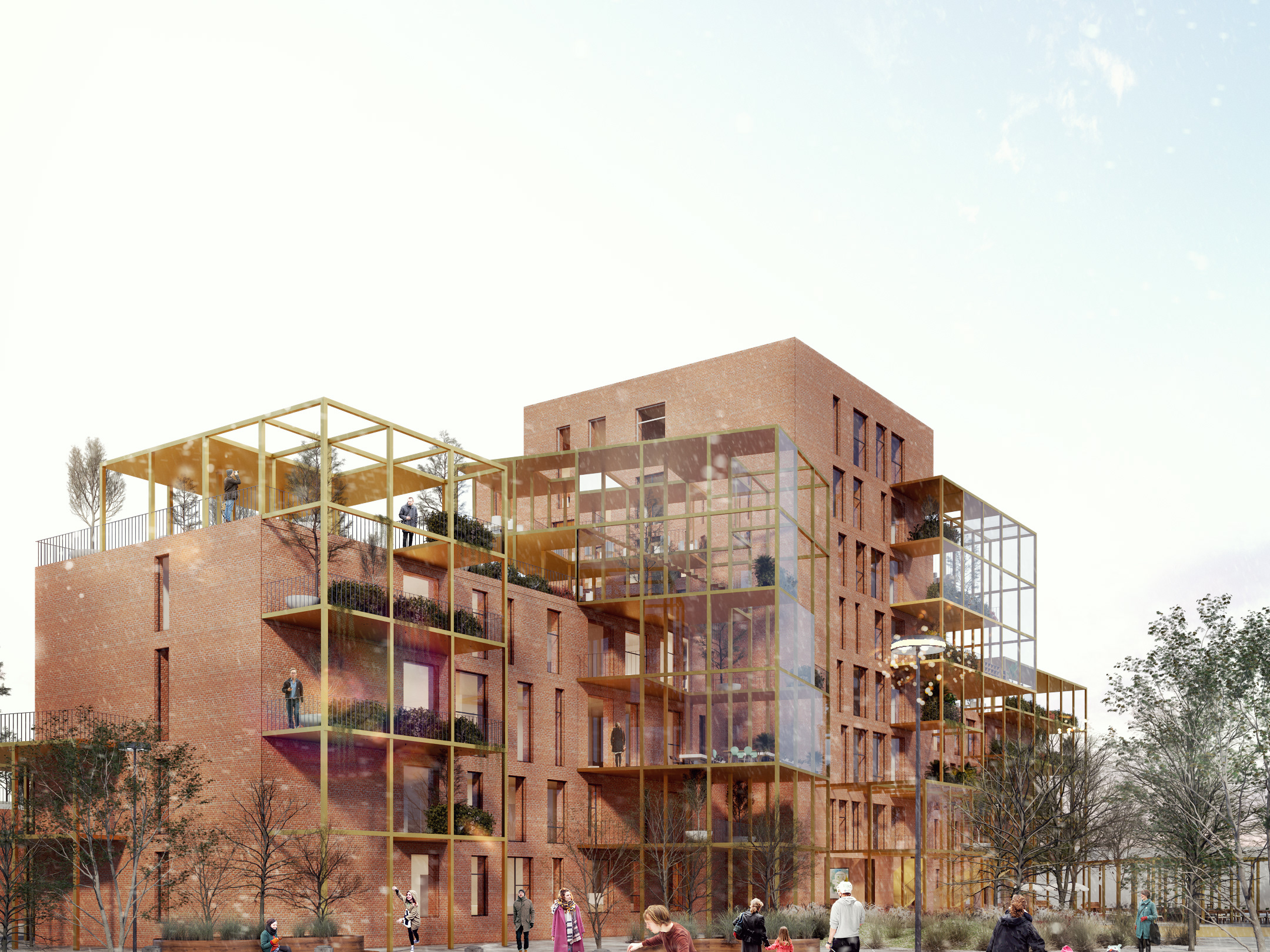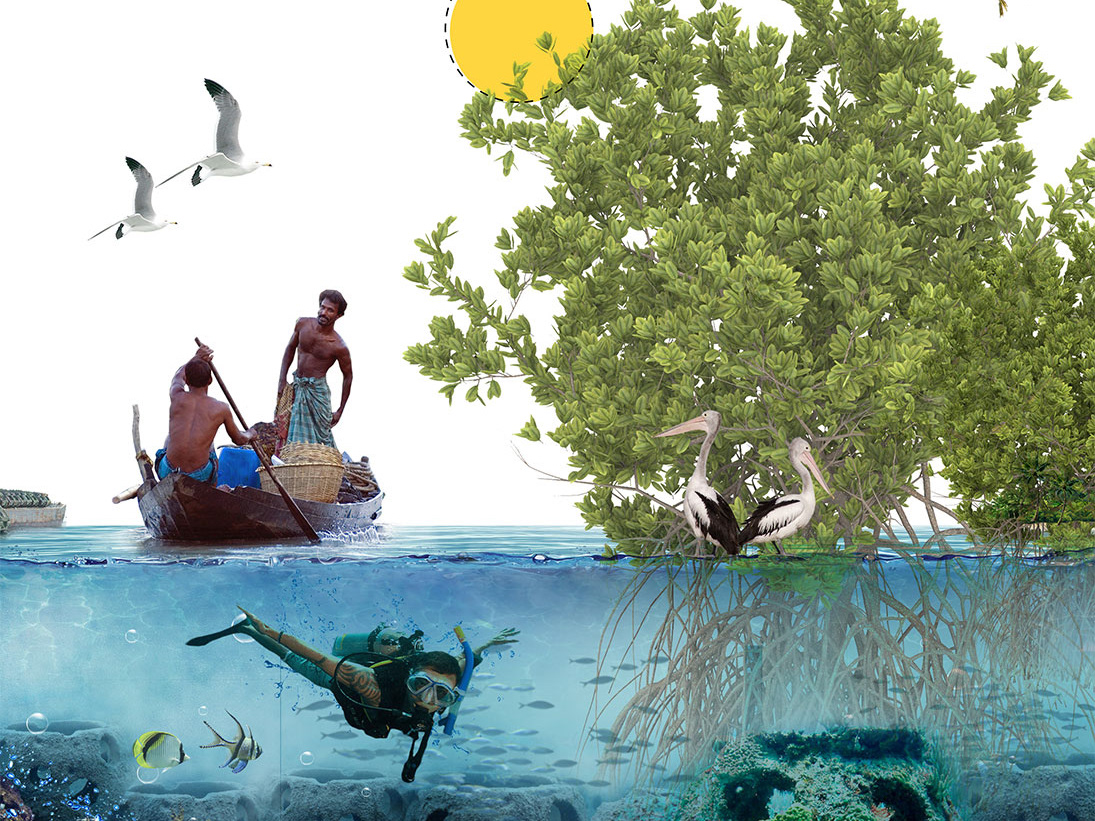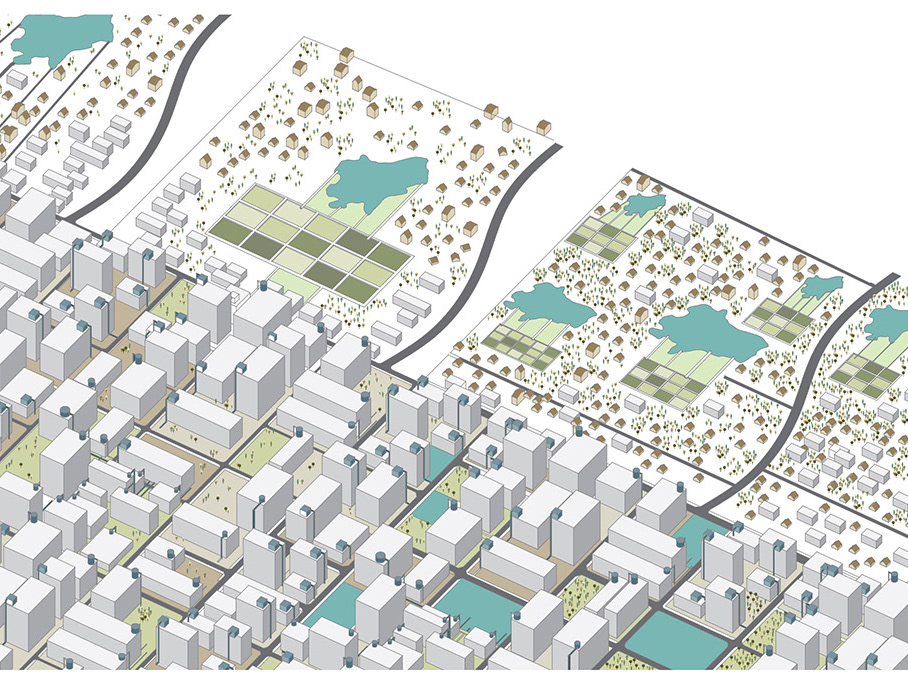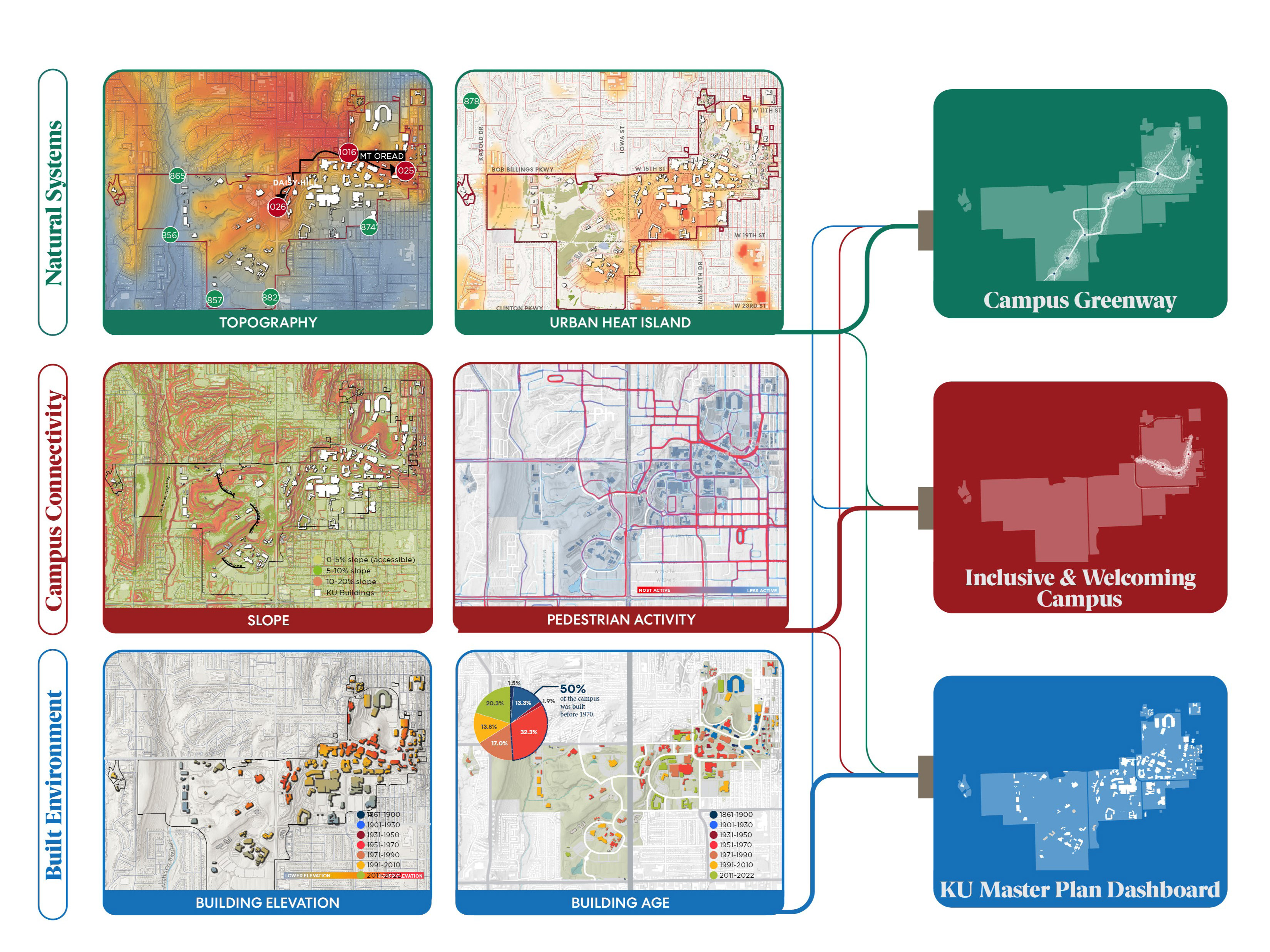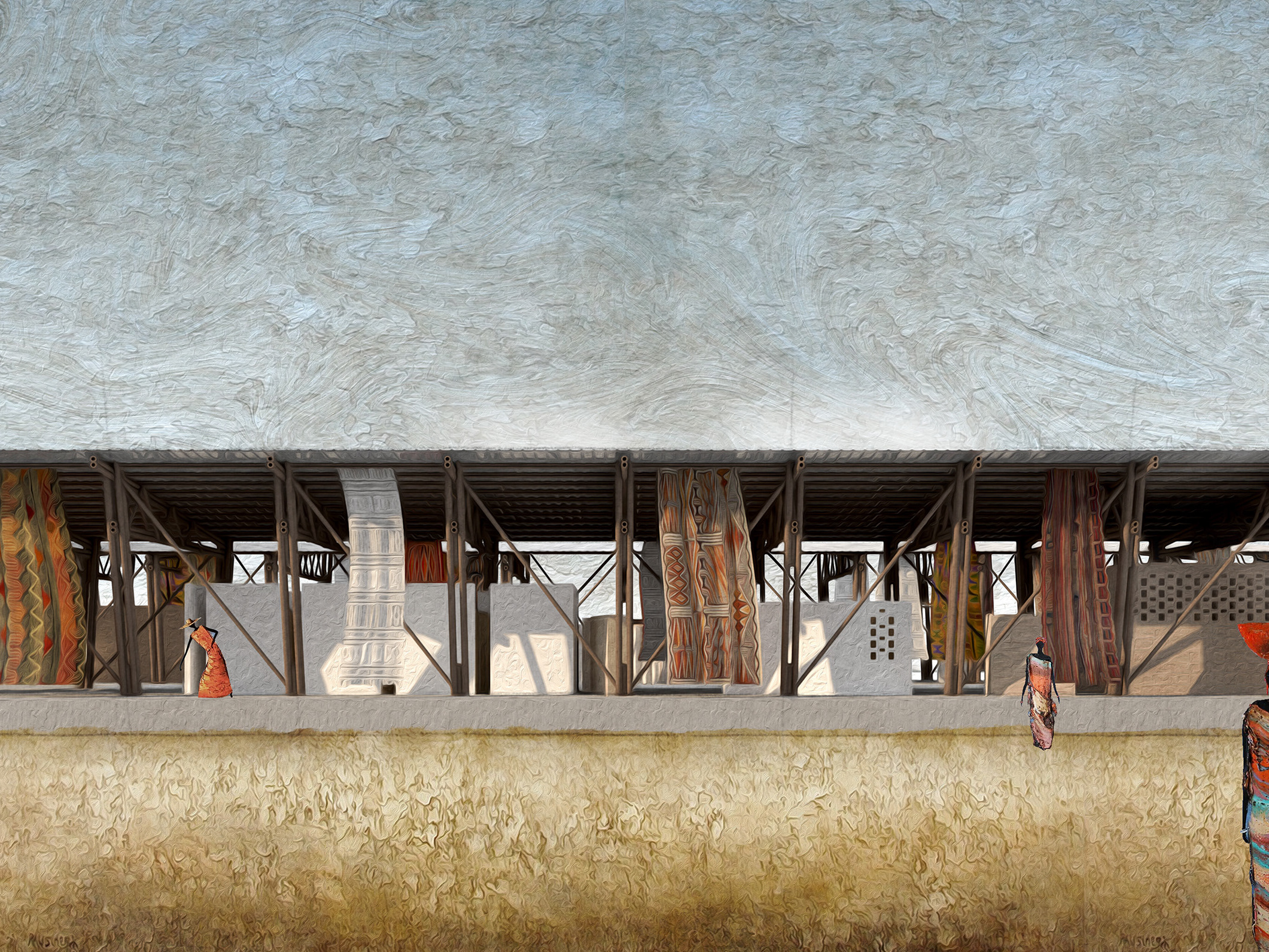Condition of the Canal over the years
PLACEMAKING
PLANNING
PARTICIPATORY DESIGN
PUBLIC SPACES
2018 | National Competition
Recognition: Top 10 National Finalist
Location, Chennai, India
Team: Mona Vijaykumar, T.R.Radhakrishnan, Lushvin Kummar U, Nivedana S B
How can we reclaim neglected urban waterways to create inclusive public spaces that balance ecological restoration with community needs?
Originally a saltwater man-made canal, this vital waterway once served as the backbone of spatial and functional significance, threading through a large portion of Chennai city and linking neighborhoods and educational institutions. Over time, neglect and unchecked urban development have left it in a state of disrepair, with the MRTS line encroaching upon its stretch, rendering the canal unnavigable and forgotten.
This project envisions transforming the canal into an inclusive public space that revitalizes the city’s urban fabric. By integrating sensitive, participatory planning with innovative design, the project seeks to address existing encroachments and restore functionality both above and within the canal. The result is a blueprint for sustainable urban development that balances ecological restoration, community connection, and vibrant public spaces.
Morphology of the canal through the city Future vision for the Buckingham canal
Participation of neighborhood children in design process
Children’s park along the transit line (Blue zone)
Design Sections along the Canal-Street
The design envisions Buckingham Street in 2030 as a dynamic and efficient green transit network that seamlessly integrates urban mobility with ecological resilience. Beyond its role as a transit corridor, the network is reimagined as a series of inclusive plazas, parks, and gardens that offer vibrant recreational and leisure spaces for all. By incorporating an integrated stormwater management system beneath the surface, the design addresses drought mitigation, flood alleviation, and sustainable water demand and supply for city dwellers.
The green edge, enhanced with extensive tree plantations, acts as a natural sponge, fostering environmental balance and contributing to the overall health and vitality of the urban ecosystem. This vision transforms Buckingham Street into a model of sustainable and inclusive urban design, setting a benchmark for cities of the future.
Storyboard of experiences along the canal-street in the year 2030
Water Management Recommendations:
Special Ery Zones (SEZ): Protect Ery and water tanks through zoning and anti-encroachment laws.
Surface Water Harvesting (SWH): Mandate SWH systems to boost groundwater recharge.
Decentralized Governance: Empower local bodies for equitable water distribution and maintenance.
Ecosystem Restoration: Regular desilting, native vegetation planting, and invasive species removal.
Climate Resilience: Utilize water tanks for flood control and drought management.
Integrated Management: Align Ery and tanks with regional water resource plans.
Community Engagement: Promote awareness and stewardship programs for public participation.
